Some of the latest Samsung refrigerators have built-in ice makers to provide you with ice cubes whenever you want. However, like any other part of a fridge, the ice maker might experience mechanical issues on occasion. Before attempting to fix the ice maker, it needs to defrost.
There are two ways to defrost a Samsung ice maker—shut off the fridge and wait for 6 to 9 hours, or activate the defrost cycle, which takes around 30 minutes to complete.
So, why would you even need to defrost a Samsung ice maker, and how do you defrost it? I’ll address these questions and plenty more down below.
Why You Should Defrost Your Samsung Ice Maker
No matter how well you maintain your Samsung refrigerator, there will eventually come a time when something goes wrong. This is especially true for refrigerators with ice makers since nobody knows what’s going on inside this particular compartment.
One of the more common problems people experience with ice makers is that they freeze over. This happens when ice cubes get locked up in the evaporator plate, and subsequent gushes of water will continue to flow and freeze into ice blocks. Eventually, you’ll be left with a humungous, virtually unremovable chunk of ice.
There might even be a time when your ice maker fails to make ice. This could be due to a faulty inlet valve, a malfunctioning water line, or even the ice maker not being perfectly level with your kitchen floor.
If you want to reset your ice maker, you can do so by pressing the reset button located behind the ice bucket. However, if the ice bucket is frozen into place, then you will need to allow the ice to melt before accessing the button.
Sometimes, your ice maker will not exhibit symptoms of a mechanical issue of any sort. However, you will have to replace its filter periodically to ensure that your ice doesn’t end up with specks of dirt and whatnot.
Basically, anytime you want to service your ice maker, you should let it defrost to get better access to its inner workings.
How Often Should You Defrost Your Samsung Ice Maker
You should defrost your ice maker before cracking it open and seeing what’s going on. However, it’s not usually something you have to do too frequently. At most, you should defrost your Samsung ice maker once every 2 to 3 months to prevent a buildup of ice from occurring.
That said, if your ice maker is working without issue, you shouldn’t have any problem postponing the following defrosting session. However, the filters of an ice maker are usually designed to last for nine months. So, at the very most, you should defrost your ice marker every 9 months before replacing the filter.
How to Defrost Samsung Ice Maker
There are two methods of defrosting an ice maker.
Unplug the refrigerator
This is a no-brainer. The goal is to let the refrigerator slowly come up to room temperature, and any ice chunks stuck in the ice or bucket will gradually turn to water. However, depending on what sort of issue your ice maker has, you might end up with gallons of water.
As such, you should prepare at least a couple of towels around the legs of your refrigerator. That way, any water droplets that make it out of the chute will get soaked up and not damage your floors.
Defrosting your ice maker this way means that any food inside your fridge will also gradually come up to room temperature. So, you should only resort to this method if you plan on emptying your fridge in the near future—e.g., if you’re moving homes.
Activate defrost cycle
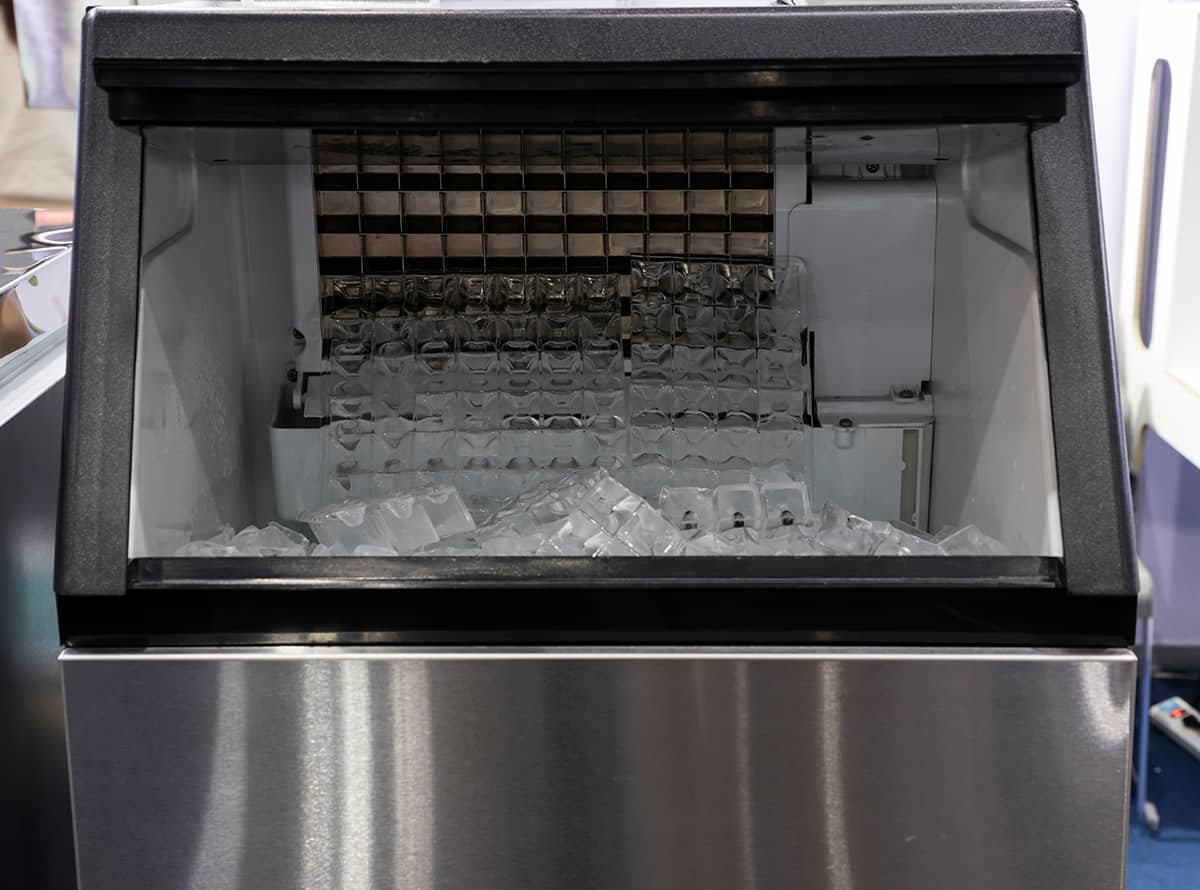
To run a defrost cycle, you will have to put your Samsung fridge into test mode. The test mode comes with various testing methods that examine specific parts of the fridge for defects. To run the defrost cycle, we want to use the “Fd” test.
In order to activate the defrost cycle, you will have to press and hold the Fridge and Flexzone buttons simultaneously. Release the buttons when the display begins flashing, and then press the Flexzone or Fridge button to scroll through the various testing modes. Keep pressing the Flexzone or Fridge button until the code “Fd” shows on the screen.
Allow the “Fd” test to complete. This should take anywhere from 10 to 20 minutes. You’ll know whether the defrost cycle was successful by checking for ice buildup around the bucket and surrounding components.
How to Reset Samsung Ice Maker
If your ice maker doesn’t work as it should, and if you already ruled out ice buildup as a potential problem, then the easiest solution would be to reset the ice maker.
Here are the steps you need to follow to reset your Samsung ice maker.
1. Reposition the feeler arm
The feeler arm is the metal or plastic rod or stick that instructs the ice maker to continue or to stop making new ice based on its position. If the feeler arm is low, the ice maker will begin making new ice. Conversely, if the arm is too high, then the ice maker will cease all operations.
Before resetting your ice maker, you should position the feeler arm so that it sits as low as it can go. You might have to take a few ice cubes out in order to move it lower.
If you can see or hear water gushing into the ice maker’s reservoir, then the ice maker is still in working order. However, if nothing happens, then proceed to the following step.
2. Hit the reset button
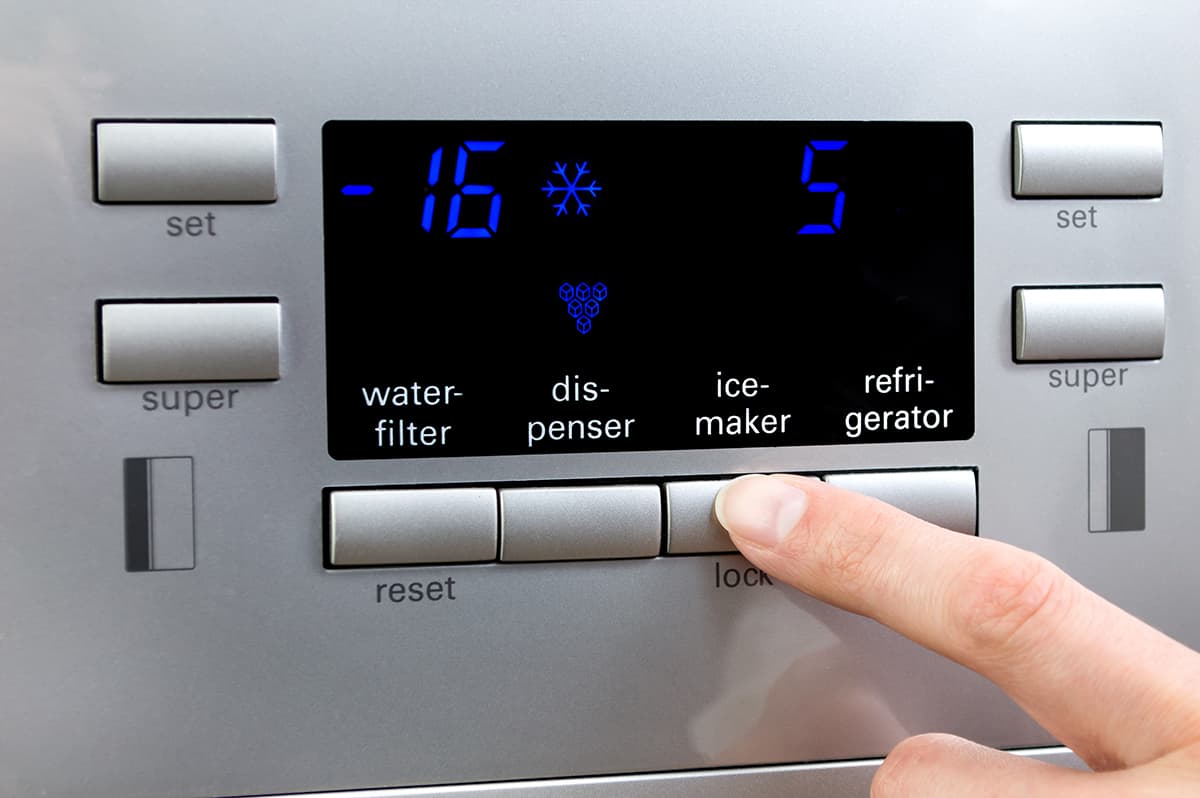
Locate the reset button on your ice maker and press and hold it for 10 seconds. The button should be on the side or underneath the ice maker, depending on your Samsung model. In some models, you must remove the ice bucket to access the reset button.
After hitting the reset button, the ice maker should be in working order. If it isn’t, then a hard reset may be necessary.
3. Turn the fridge off and on again
Some Samsung fridges will come with an on/off button. If yours does, press it to turn it off and leave it for 30 to 60 seconds before turning it back on. If your fridge doesn’t have an on/off button, then unplug it from the wall receptacle, wait 60 seconds, and plug it back in.
Now, try pressing the reset button again and wait for the ice maker to begin a new cycle. If it still doesn’t work, then you might have to defrost the entire unit.
How to Prevent Ice Maker from Freezing
Most of the time, you will have to defrost your ice maker because it has completely frozen over. You can prevent this from happening in the future by trying the following:
1. Raise the freezer’s temperature
This may sound simple, but it’s also one of the most overlooked solutions. If your freezer is set to its maximum setting, there’s a good chance that it will freeze the water in the reservoir and water line. So, try lowering your freezer’s temperature to its default setting.
2. Replace the filter regularly
The filter in an ice maker is there to trap solid debris from contaminating your ice cubes. If you haven’t replaced the filter in 9 months or more, there’s probably a good chance that it has become clogged with solid particles, which is preventing your ice maker from doing its job. Replace the filter every nine months or so to ensure this doesn’t happen again.
3. Reposition the water line
If the water line is too low, it may cause the poured water to splash, which will freeze and build up over time. Make sure the water line is positioned in accordance with the fridge’s instruction manual.

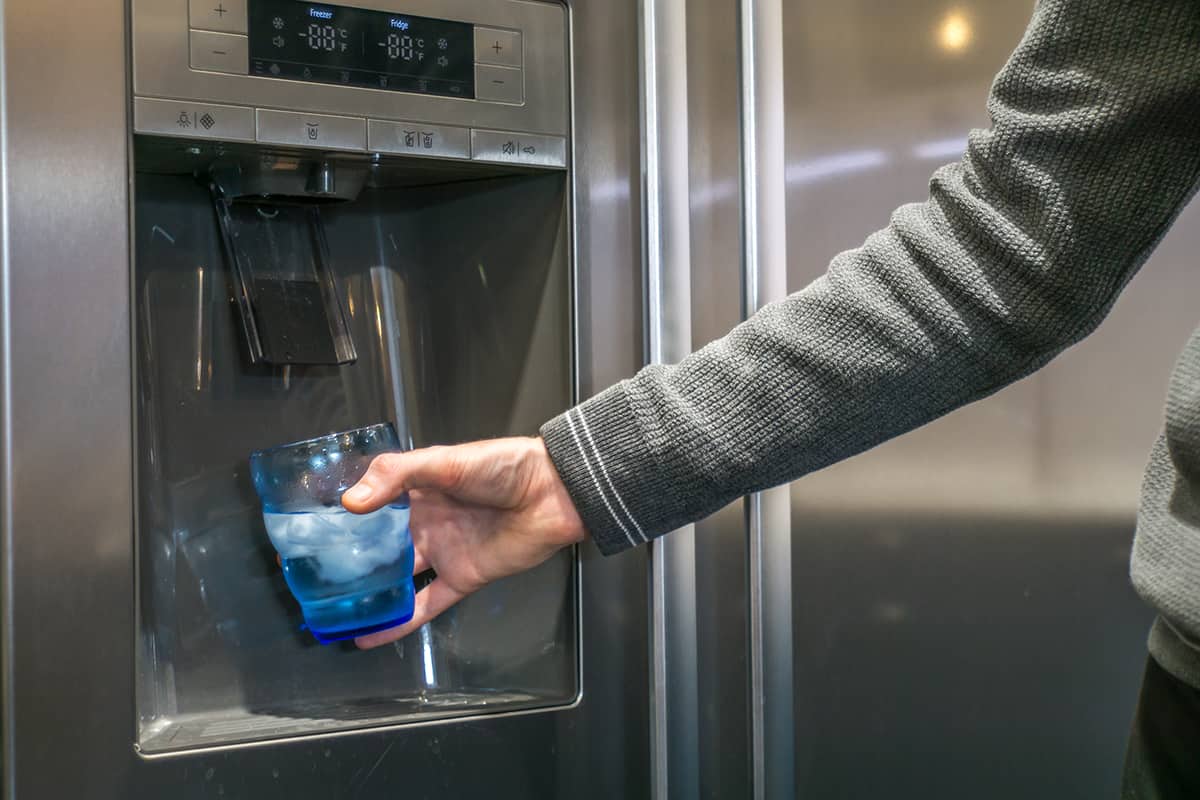
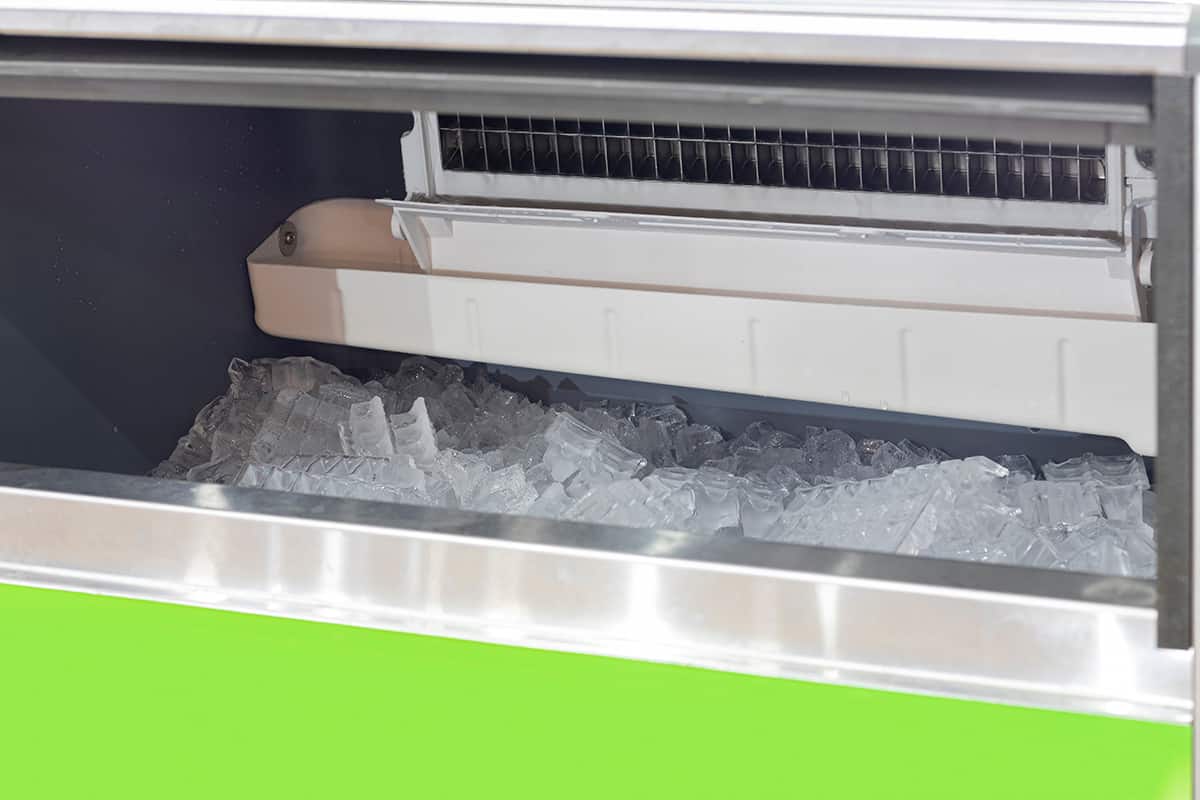
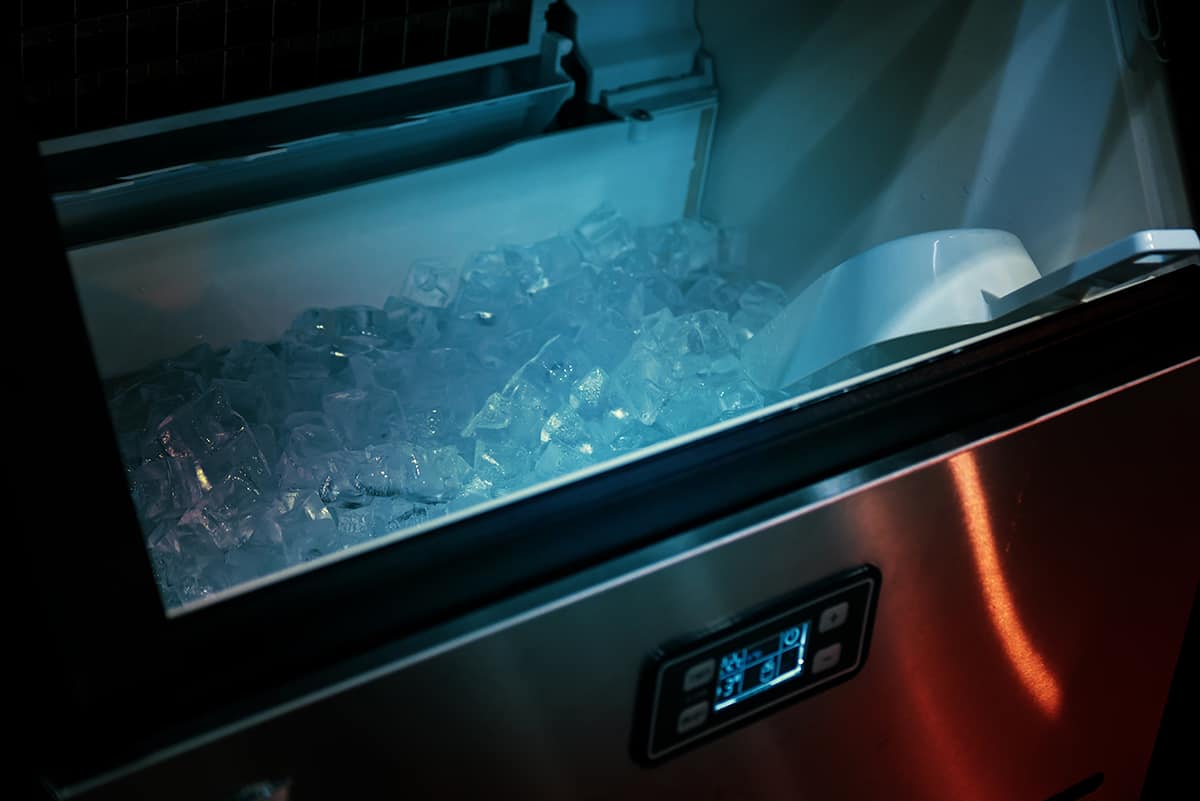
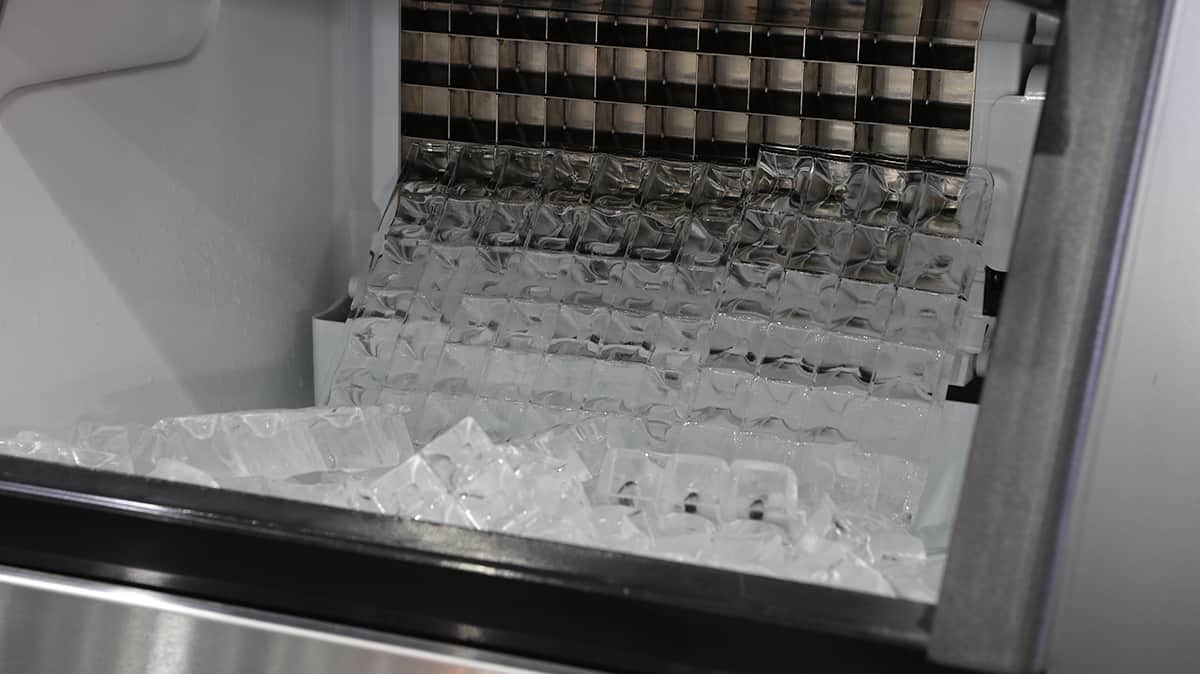

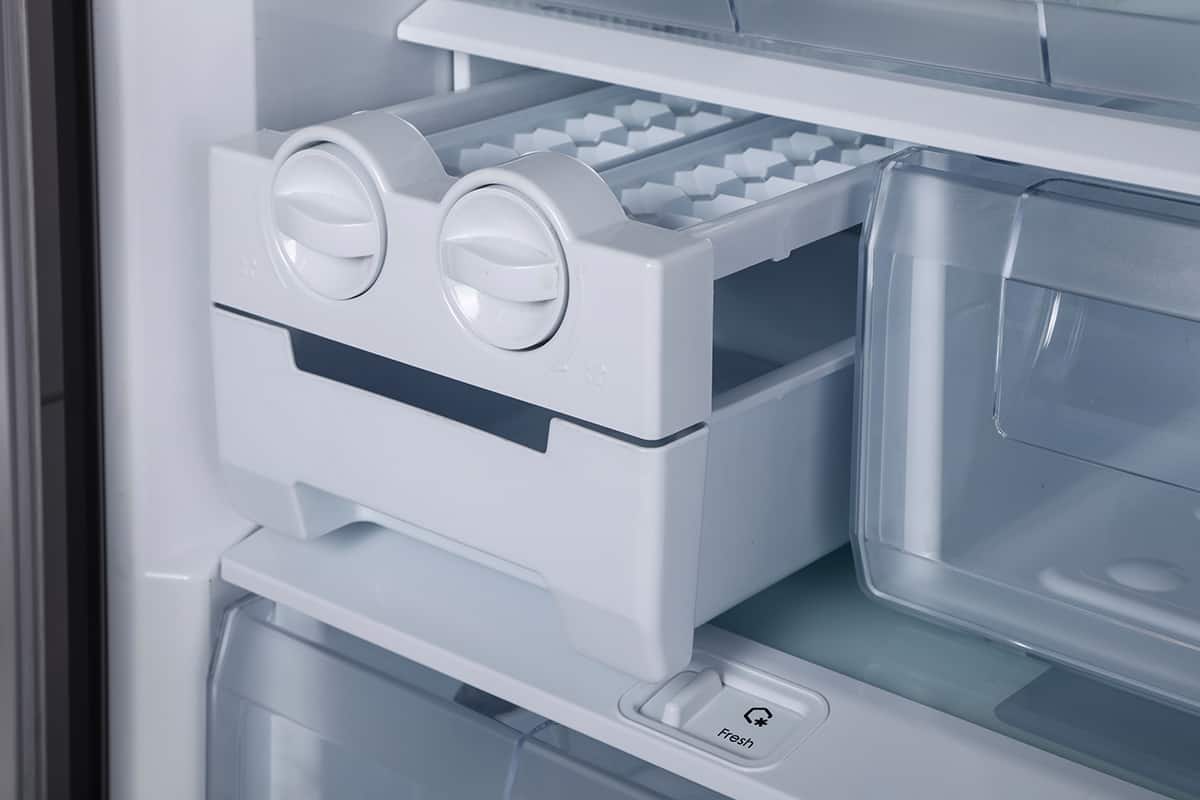
Leave a Reply